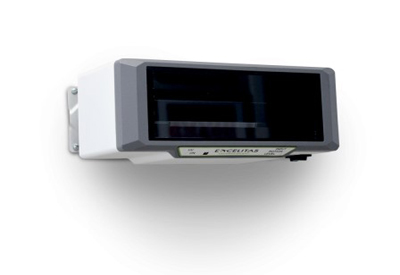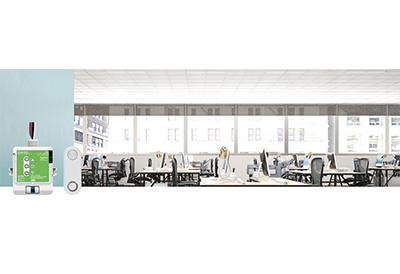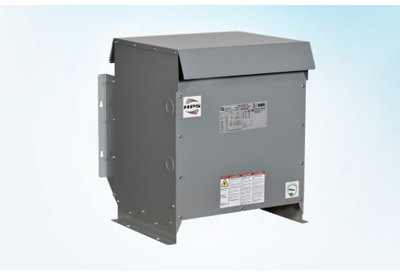Excelitas Technologies Introduces KepriTM LED Upper-Air UVC Disinfection System

July 25, 2021
Excelitas TechnologiesÒ Corp., a global technology company delivering innovative, customized photonic solutions, introduces its KepriÔ Upper-Air UVC Disinfection System, to offer room-air disinfection of harmful airborne pathogens safely and effectively, even in occupied spaces. Leveraging Excelitas’ expertise in UV LED technology, this compact, robust germicidal UVC LED disinfection system disinfects the upper-air in a room to inactivate airborne diseases (e.g. COVID-19) from air circulating within the space. The new Kepri features integrated triple sensor measures for increased safety and control in a variety of indoor environments, even in occupied rooms.
UVC wavelengths damage a pathogen’s DNA/RNA, limiting its ability to replicate and rendering it inactive. Third-party testing of the Kepri system shows a 99.9% reduction within 60 minutes against all pathogens, including bacteria, mold and viruses, including influenza and SARS-COV-19. As the first LED-based upper-air disinfection device on the market, Kepri is safer, more environmentally responsible and more effective than mercury-based air disinfection units available today. Unlike mercury lamps, LED technology contains no hazardous Mercury and emits no harmful Ozone.
The Kepri design employs a three-tiered sensor monitoring system to ensure safe operation for active and occupied spaces. Tilt sensors monitor the direction of UVC emission and instantly shut off operation if the emission field settles below 0° threshold of level horizon. Motion and presence sensors detect anyone entering or remaining in the UVC emission field and automatically shut off the unit until the UVC emission field has remained clear for 15 minutes. Selective operating modes enable users to set their Kepri operating preference to the most appropriate disinfection approach for their needs: always ON; only ON when room is occupied; or only ON when room is unoccupied. The system runs quietly, and does not disrupt airflow within a room, making it ideal for environments such as healthcare and long-term care facilities, retail spaces, food processing areas, conference rooms and more.
“Upper-air disinfection is an important aspect for minimizing transmission of pathogens such as COVID-19,” said Mark Gaston, Product Manager at Excelitas. “Indoor air circulation has been identified by the U.S. Centers for Disease Control (CDC) and world health experts as a major factor in spreading infection, so any risk prevention program should include a multi-layered approach combining air and surface disinfection. The application of UVC energy to this purpose is a natural extension of Excelitas’ established expertise and continuous innovation in utilizing light to enable new technological advancements. The Kepri is designed so that it can be a stand-alone or modular product, with customized and private labelling options available for OEMs. Excelitas’ deep experience in LED technology allows us to fully customize any application for OEMs to solve their air, water or surface disinfection needs.”
With an unobtrusive sleek design, Excelitas’ Kepri device is reliable, durable and compact. In fact, it is the smallest and lightest upper-air disinfection device on the market. The IP6x optical design/lighting chamber ensures dust-free optical surfaces to minimize maintenance requirements and ensure maximum UV emission.
Go HERE for more information.










![Guide to the Canadian Electrical Code, Part 1[i], 26th Edition – A Road Map: Section 10 – Grounding and Bonding](https://electricalindustry.ca/wp-content/uploads/2022/11/Guide-CE-Code-2.png)





